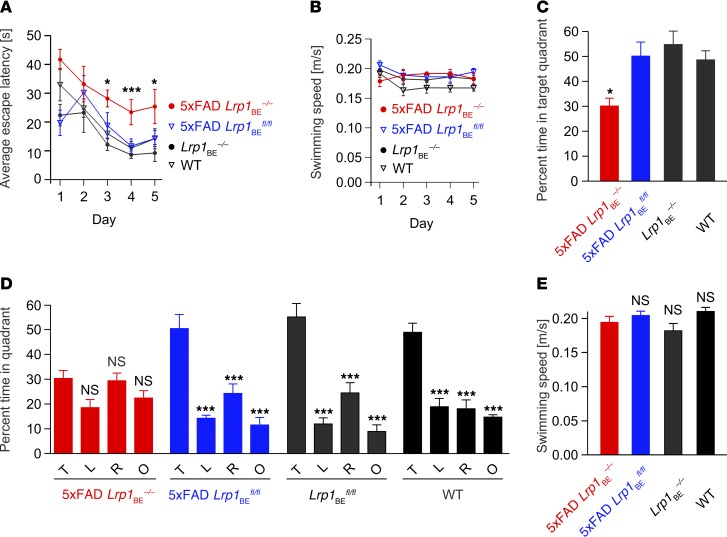Figure 10. Deletion of Lrp1 in brain endothelial cells leads to cognitive deficits in 5xFAD Lrp1BE–/– mice.
7-month-old female 5xFAD Lrp1BE–/– (n = 5), 5xFAD Lrp1BEfl/fl (n = 7), Lrp1BE–/– (n = 5), and WT (n = 6) control mice were tested. (A) Animals underwent acquisition training to learn to use proximal and distal cues to navigate a path to a hidden platform. A significant difference in the escape latency of 5xFAD Lrp1BE–/– mice compared with that of all other groups was seen on days 3 to 5. (B and E) Swimming speed was not affected in all mice tested. (C) Spatial reference memory deficits in 5xFAD Lrp1BE–/– mice were shown in the probe trial, in which 5xFAD Lrp1BE–/– mice spent significantly less time in the target quadrant than all other groups of mice. The probe trial was given after the acquisition training phase to assess spatial reference memory. (D) 5xFAD Lrp1BEfl/fl mice showed no impairment of spatial reference memory, as reflected by the significant greater percentage of time spent in the target quadrant (P < 0.001 target vs. left, right, and opposite quadrant). The probe trial revealed a significant impairment of spatial reference memory in 5xFAD Lrp1BE–/– mice, as they showed no preference for the target quadrant. T, target quadrant; L, left quadrant; R, right quadrant; O, opposite quadrant. Data represent mean ± SEM. For statistical analyses, the following test was used: repeated-measures ANOVA followed by Bonferroni multiple comparisons. *P < 0.05, ***P < 0.001.

